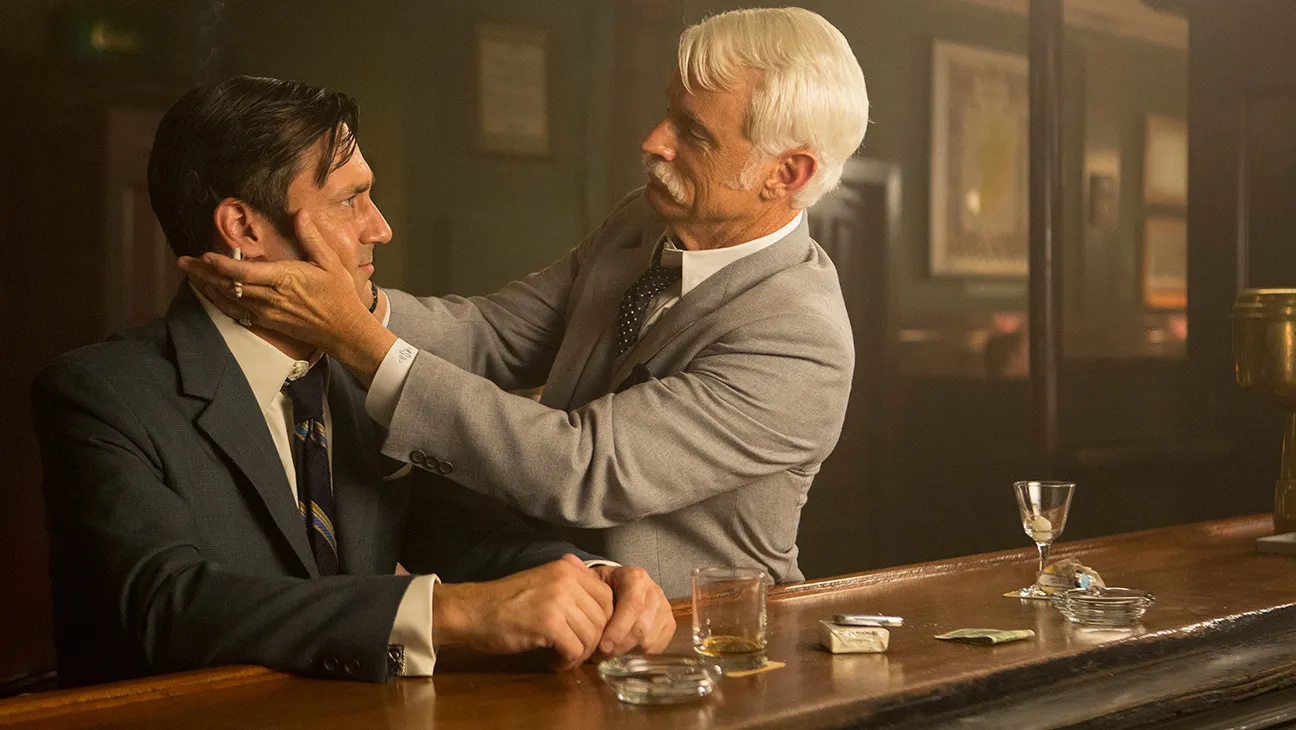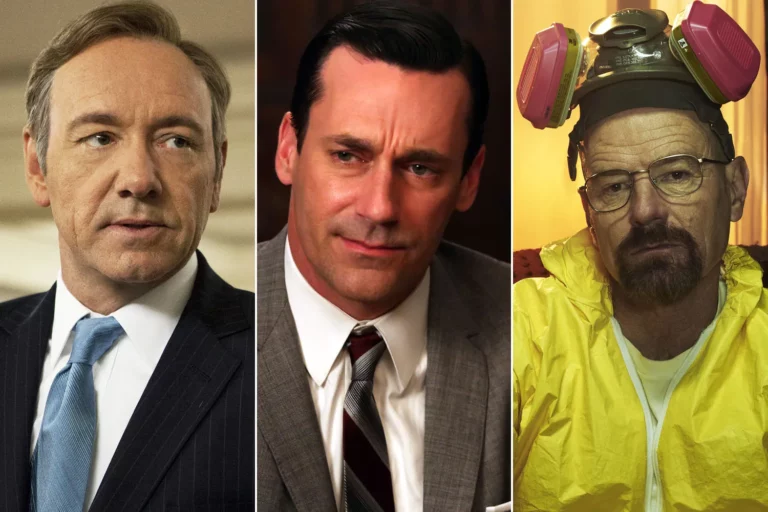When television audiences were first introduced to the slick charisma of Don Draper and the desperate cunning of Walter White, few could predict how these characters would redefine the careers of actors Jon Hamm and Bryan Cranston. Both “Mad Men” and “Breaking Bad,” AMC’s flagship series, not only captivated millions worldwide but also profoundly impacted the lives and careers of their leading men. However, while Bryan Cranston’s role opened new doors in dramatic cinema, Jon Hamm found himself battling the shadows of typecasting.

Bryan Cranston: Breaking New Ground with “Breaking Bad”
Before his portrayal of Walter White, Bryan Cranston was best known for comedic roles, particularly as the lovable dad in “Malcolm in the Middle.” However, “Breaking Bad” dramatically transformed his career trajectory, earning him critical acclaim and several awards. Cranston’s masterful depiction of a chemistry teacher turned methamphetamine manufacturing drug dealer is often cited as one of television’s greatest performances.
As Cranston himself has often remarked, the role was a career-defining moment that allowed him to showcase his range as an actor. The series not only provided him with a platform to break away from his comedic image but also set a new benchmark for character development in television.
Jon Hamm: Confronting Typecasting After “Mad Men”
In contrast, Jon Hamm, who elegantly brought Don Draper to life, experienced a different kind of challenge. While “Mad Men” catapulted him to fame, it also initially restricted him to similar roles. “Oh, every script I got was a cigarette and a hat and a cocktail or something,” Hamm recounted in an interview with The Hollywood Reporter, highlighting the pigeonhole Hollywood had placed him in following the series’ conclusion.
Despite the critical success of “Mad Men,” Hamm faced the daunting task of navigating a career path littered with redundant offers that failed to diversify his acting portfolio. His portrayal of the enigmatic advertising executive was so iconic that escaping Don Draper’s shadow proved difficult.

Breaking the Mould: Jon Hamm’s Strategic Career Moves
Determined not to be confined to the suave and brooding archetype, Hamm made a conscious effort to explore a variety of roles, particularly in comedy. His guest appearances on “30 Rock” as Dr. Drew Baird showcased his versatility and comedic timing, earning him three nominations for Outstanding Guest Actor in a Comedy Series at the Emmy Awards.
Hamm’s strategic choice to lean into comedy was pivotal. “That’s why, for me, it was a very conscious decision to lean into the comedic stuff that I wanted to do, whether it was 30 Rock or SNL or fill in the blank, because I knew I had [the dramatic stuff] going,” he explained. This move not only broadened his acting range but also helped dismantle the typecasting that could have stymied his career growth.
Diverse Paths to Continued Success
Both Bryan Cranston and Jon Hamm have demonstrated that pivotal roles in successful TV shows can lead to both opportunities and challenges. While Cranston leveraged his “Breaking Bad” fame to explore new and challenging roles, Hamm had to strategically navigate his career to avoid being perpetually seen as Don Draper. Their journeys underscore the complex nature of success in the entertainment industry, where typecasting can be both a curse and a challenge to overcome.

As both actors continue to evolve and select projects that challenge their artistic expressions, they stand as testaments to the resilience and adaptability necessary in Hollywood. Their legacies, shaped by iconic roles, continue to influence aspiring actors and the trajectory of television storytelling.
